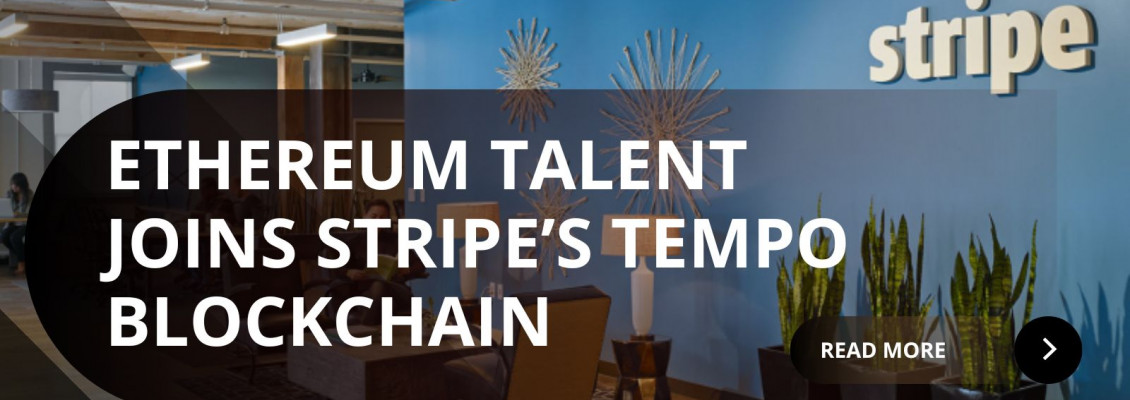
Stripe and crypto venture firm Paradigm are making a significant bet on blockchain infrastructure with Tempo, a new payments-focused Layer-1 network. Tempo has secured $500 million in Series A funding and has already drawn attention by hiring engineers from Ethereum’s core team. The project aims to merge the reliability of stablecoins with high throughput, low fees, and real-world payment applications.
The Funding and Backers
Tempo’s Series A round was led by Thrive Capital and Greenoaks, valuing the project at $5 billion. Other notable investors include Sequoia, Ribbit Capital, and SV Angel. Interestingly, while Stripe and Paradigm incubated the project, they did not add new capital in this round.
The move comes on the heels of Stripe’s recent acquisitions of Bridge (stablecoin infrastructure) and Privy (wallet technology). Tempo positions itself as part of Stripe’s broader strategy to integrate blockchain into the payments ecosystem.
Tempo’s Core Vision
Tempo is being built as a blockchain optimized for stablecoin transactions and day-to-day financial use cases. Its goals include:
-
Scalability: processing far more transactions per second than most public blockchains today.
-
Low fees: keeping costs minimal and denominated in stablecoins rather than a separate gas token.
-
Developer compatibility: offering EVM support so that Ethereum-based applications can easily migrate.
-
Batching support: enabling groups of transactions to be processed together for efficiency.
The long-term ambition is to support practical use cases such as merchant payments, remittances, microtransactions, embedded finance, and even machine-to-machine or AI-driven payments.
Talent Recruitment
Tempo has recruited notable figures from the Ethereum ecosystem, including Dankrad Feist, a researcher known for work on Ethereum scaling and consensus design. Hiring from Ethereum’s core development community gives Tempo credibility and technical depth, signaling that this is a serious attempt to build new financial infrastructure.
Reactions and Criticism
The crypto community is divided on Tempo’s emergence.
Supportive perspectives suggest that corporate-backed blockchains like Tempo could strengthen Ethereum’s influence by drawing more users and developers into the EVM ecosystem. Others view Stripe’s investment as an important step toward moving blockchain technology beyond speculation into real payments and commerce.
Skeptical voices raise concerns about centralization and governance, questioning whether a Stripe-backed chain can truly be neutral. Some also draw parallels to Meta’s failed Libra/Diem project, which collapsed under regulatory pressure. Technical skeptics point out that Layer-2 scaling solutions already offer low fees and high throughput, and question whether Tempo can truly outperform them.
What Comes Next
Key factors to watch include:
-
Competition with existing stablecoin players such as Circle (USDC) and Tether (USDT).
-
Adoption by merchants and payment providers, which will determine Tempo’s real-world success.
-
Regulatory hurdles, since stablecoins and payments face close scrutiny worldwide.
-
Ethereum’s response, as Tempo and similar challengers highlight the demand for more efficient payment infrastructure.
Conclusion
Tempo represents more than just another blockchain launch. With $500 million in funding, a $5 billion valuation, backing from top venture firms, and leadership from Stripe, it signals a major push toward building a blockchain optimized for payments and stablecoins.
If Tempo succeeds, it could reshape how money moves on-chain and accelerate adoption of blockchain in everyday commerce. If it fails, it will join the long list of ambitious but unrealized attempts at merging traditional finance with crypto. Either way, Tempo is a development the industry cannot afford to ignore.

Leave a Comment